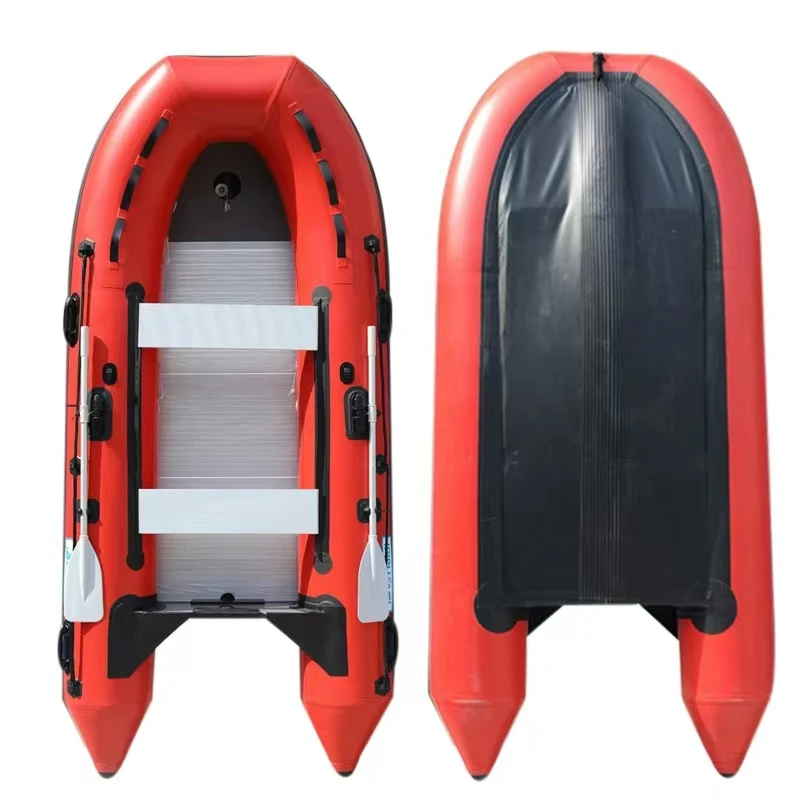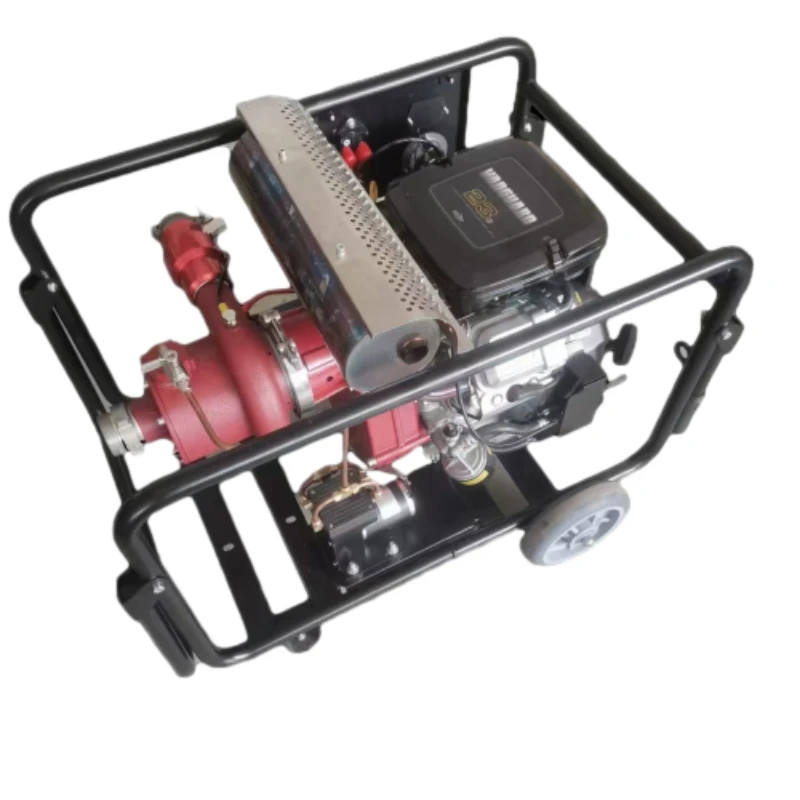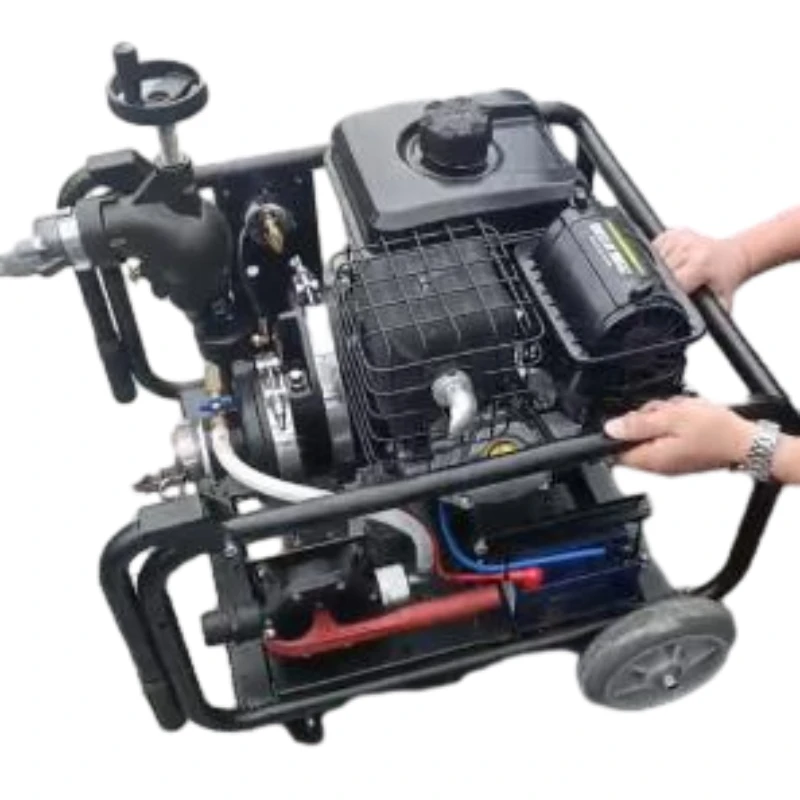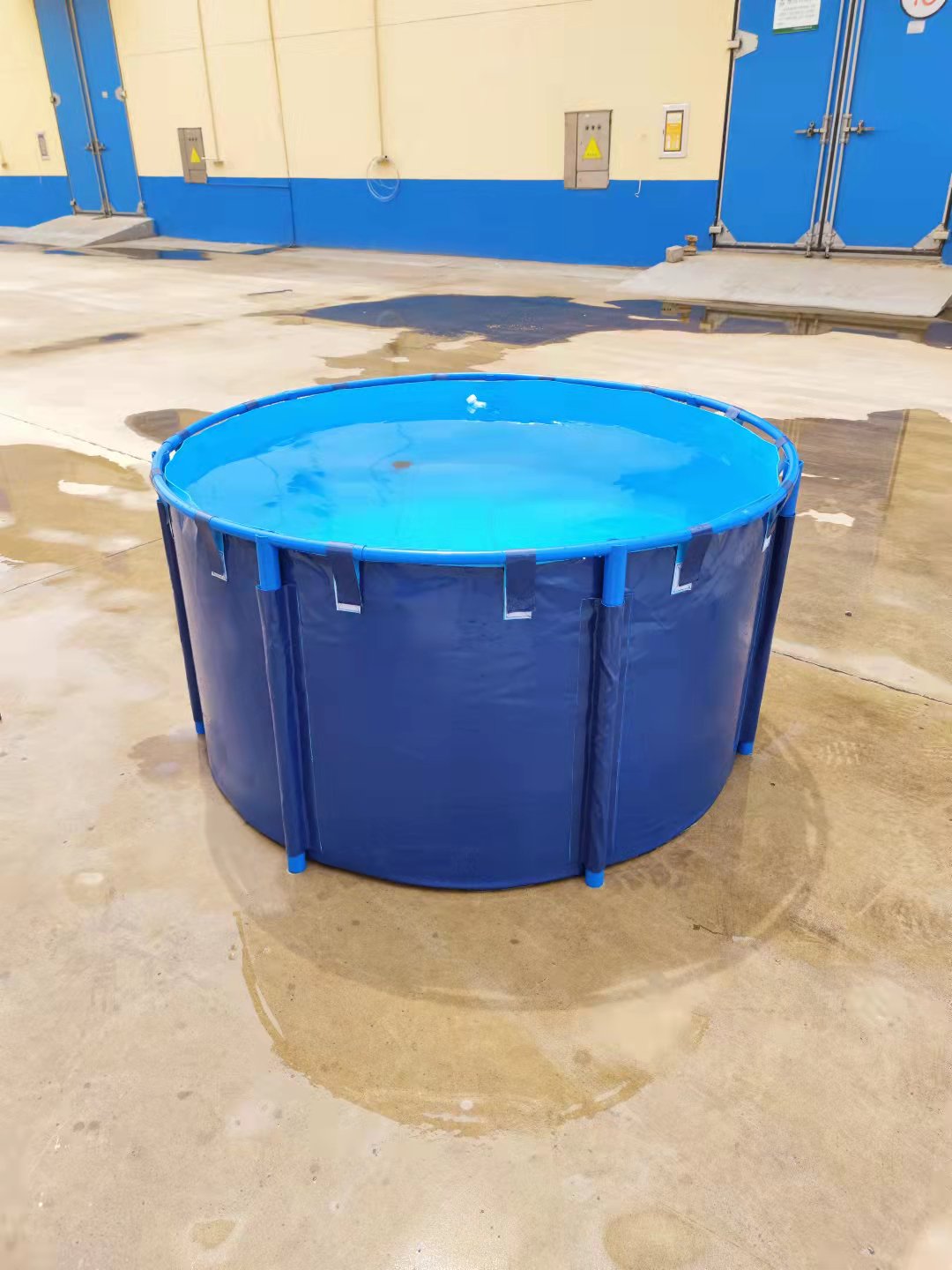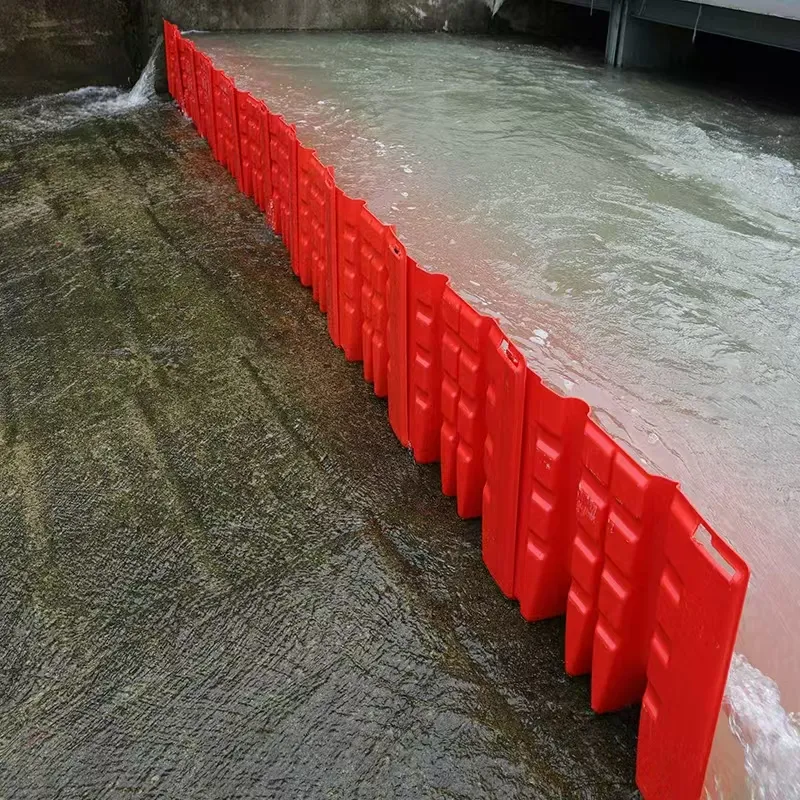
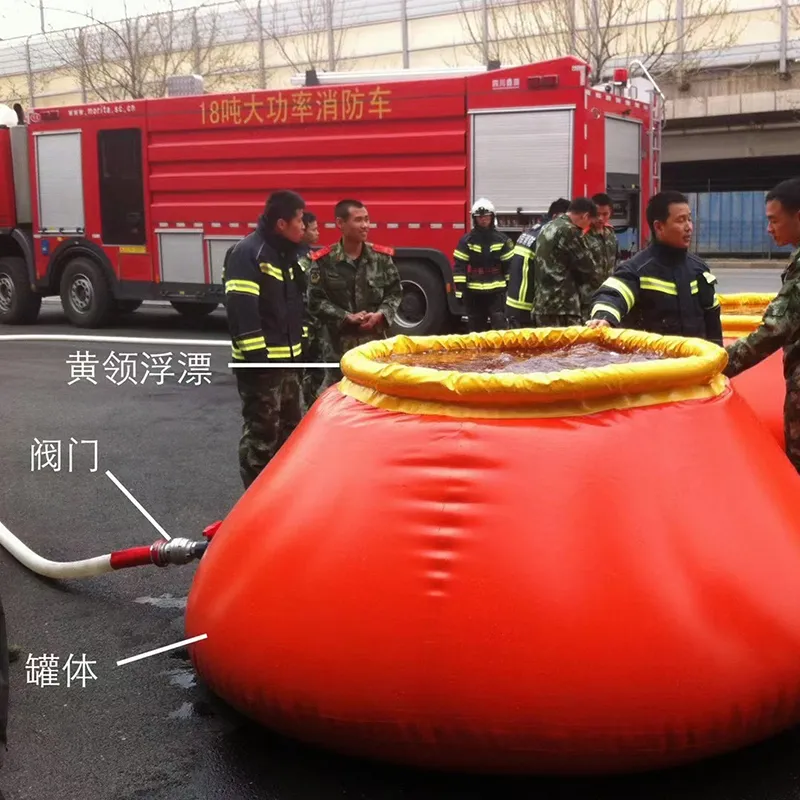
The expertise involved in developing and operating priming units also commands attention. Often installed and maintained by trained professionals, these systems demand precise calibration and periodic checks to ensure seamless functionality. The integration of automated diagnostic tools and remote monitoring capabilities speaks to the sophisticated technology underpinning these units. These features allow for real-time status reports and predictive maintenance alerts, which bolster their reliability — a crucial factor given the high stakes involved in fire emergencies. Real-world experiences further illuminate the value proposition of emergency fire pump priming units. Consider vessels navigating through isolated waters or industrial sites located at considerable distances from municipal fire services. In these contexts, the quick deployment of fire suppression measures, made possible by efficient priming units, can be the difference between minor incidents and major catastrophes. Testimonials from maritime operators and facility managers frequently highlight increased safety assurances and insurance savings as benefits of investing in advanced priming technologies. Moreover, evolving environmental standards have spurred innovation in designing eco-friendly and energy-efficient priming solutions. Manufacturers are responding with units that reduce water waste and incorporate sustainable materials, aligning with global sustainability goals. This alignment not only enhances their reputation but also appeals to eco-conscious stakeholders, heightening the units' appeal across diverse sectors. In conclusion, the emergency fire pump priming unit exemplifies a fusion of engineering prowess and strategic innovation. By ensuring timely and reliable pump activation during fire crises, these units serve as indispensable guardians of safety across industries. With ongoing advancements and stringent adherence to international standards, their role in fire prevention and control continues to expand, cementing their importance in contemporary safety infrastructures.









